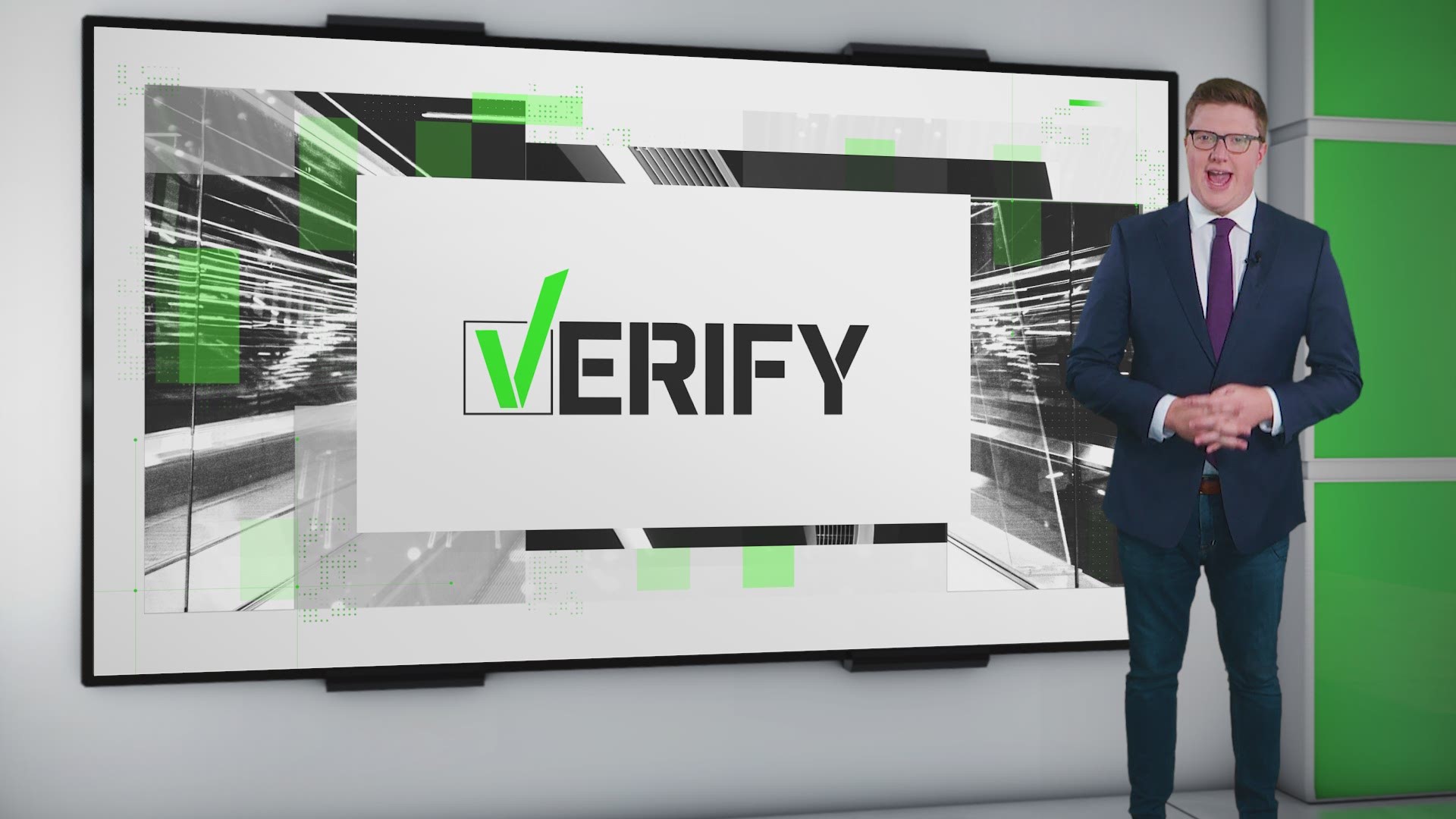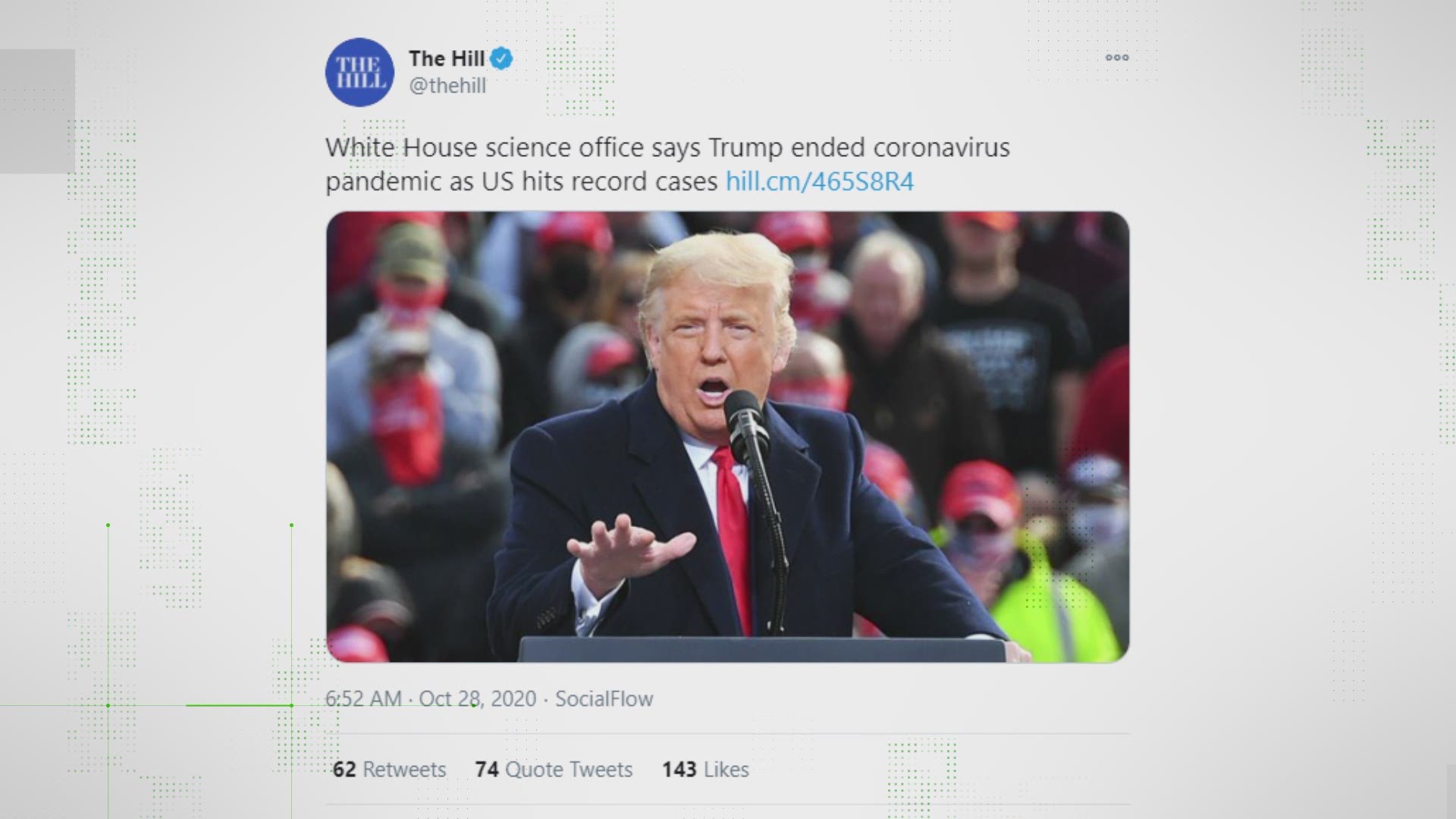Voter intimidation is a concern heading into the 2020 election whether in-person or online. It's important to be able to recognize when it's happening and what to do about it.
Some social media posts can add to election confusion by claiming to show scare tactics at the polls. The irony is that many of these posts are actually scare tactics themselves. They aren’t based in reality and make people doubt whether the polls are safe.
In the video above, the VERIFY team breaks down three past voter intimidation claims that went viral during the 2018 midterm election. None of them turned out to be true, but all of them sought to scare voters.
Voter intimidation
While many social media posts may be hollow threats or made up scare tactics, voter intimidation is a real thing and there are steps you can take to report it.
The Brennan Center for Justice has defined examples of voter intimidation including:
Baseless or abusive challenges to voters’ eligibility.
Direct confrontation of voters.
Use of insulting, offensive, or threatening language or raised voices in and around polling places.
Blocking polling-place entrances.
Following and photographing voters, recording license plate numbers, and visiting voters’ homes.
Brandishing weapons in front of voters.
Dissemination of misleading information about elections, including flyers or other communications that purposely misstate the time and date of an election, where it will be held, and how voting will happen.
What can you do?
Federal laws lay out clear definitions of voter intimidation and the punishments associated with it.
"Whoever intimidates, threatens, coerces, or attempts to intimidate, threaten, or coerce, any other person for the purpose of interfering with the right of such other person to vote or to vote as he may choose, or of causing such other person to vote for, or not to vote for, any candidate for the office of President, Vice President, Presidential elector, Member of the Senate, Member of the House of Representatives, Delegate from the District of Columbia, or Resident Commissioner, at any election held solely or in part for the purpose of electing such candidate, shall be fined under this title or imprisoned not more than one year, or both."
The American Civil Liberties Union and USA.gov both have extensive ways for you to contact officials, and the Voting Section of the Justice Department lists the following as options to report potential voter intimidation.
By email at voting.section@usdoj.gov
By telephone at (800) 253-3931 (toll free)
By telephone at (202) 307-2767
By fax at (202) 307-3961
By complaint form at http://www.justice.gov/crt/complaint/votintake/index.php
By letter to the address below:
Voting Section
Civil Rights Division
U.S. Department of Justice
Room 7254 - NWB
950 Pennsylvania Ave., N.W.
Washington, DC 20530
Something you’d like VERIFIED? Click here to submit your story.


